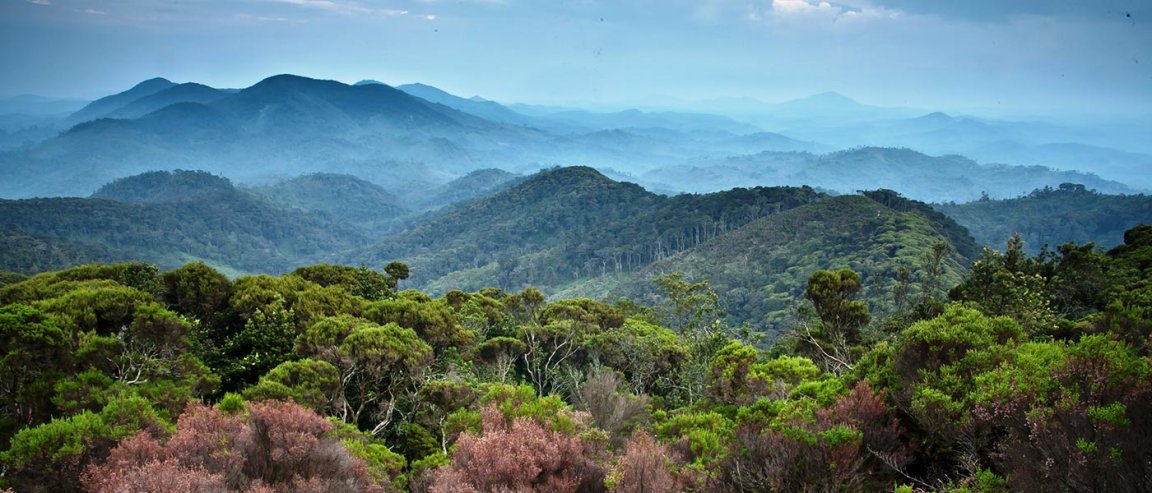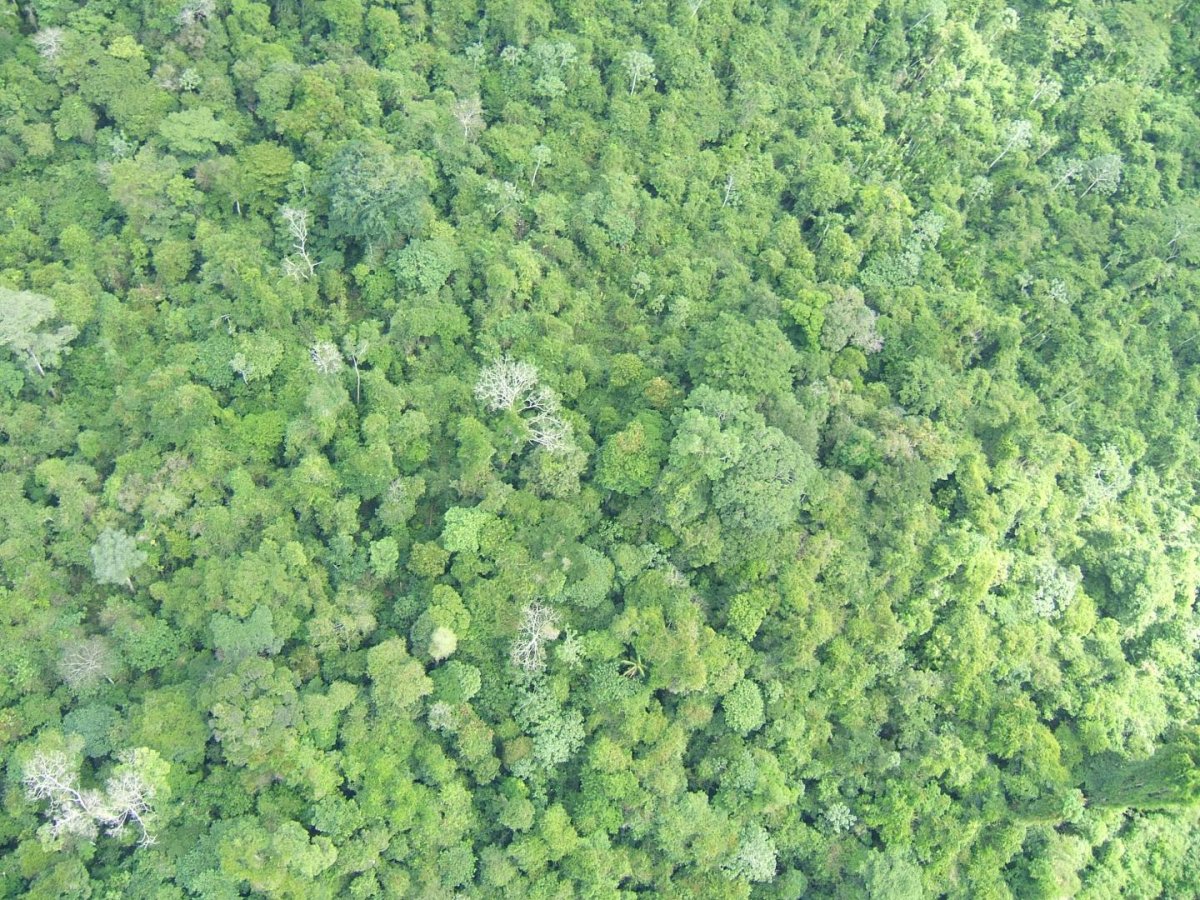
Biodiversity and the Climate
It really is encouraging to know that so many — be they governments, corporations, or private institutions — are already doing something about the climate problem. While some prefer to debate the issue, others are busy actively trying to help alleviate the strain on our environment. Of the many efforts in place, one that’s particularly popular is the establishment of protected areas or conservation regions. A new study, however, is making people rethink the standard approach to forest conservation.
Published in the journal Scientific Reports and written by lead author Martin Sullivan from the School of Geography at the University of Leeds, the study is the result of a collaborative effort by a team of scientists from 22 countries. They scrutinized the effectiveness of climate-protection policies designed for tropical forest preservation and concluded that these policies could be leaving out some of the most diverse forests simply because there is no clear correlation between the number of tree species in a forest and its capacity to store carbon.
“International programs often encourage the conservation of forests with high carbon stocks, because their focus is to try to slow climate change,” explained Sullivan. “Until now, we didn’t know whether these programs would also automatically protect the most biodiverse forests. It turns out they probably won’t.”
The team reached their conclusions after measuring and studying tree diversity and carbon storage in 360 lowland rainforest areas in the Amazon, Africa, and Asia. They measured the carbon stored within a hectare of trees, using the diameter and species of every tree in the given plot, ultimately measuring a total of 200,000 trees.

Diversity in Efforts
The team realized that biodiversity, while important and effective in helping stabilize the climate, did not really boost carbon storage. “In many ecosystems, sites with more species tend to lock up more carbon,” said co-author Joey Talbot. “But this doesn’t work for tropical forests. Most tropical forests already have many species, and it may be that beyond a certain point, adding even more species makes no difference to carbon stocks.”
Solving the climate problem goes beyond just carbon dioxide. “It’s critically important to keep this carbon out of the atmosphere,” co-author Simon Lewis acknowledged. “But we need to remember that forests are more than just sticks of carbon. Local community uses, species diversity, and the many other values of forests should be taken into account to plan adequate conservation strategies for the 21st century. A simple focus on carbon is never enough.”
With the Paris Climate Agreement, nations are set to push for a “carbon-neutral” future by 2050. But it’s not just about reducing carbon. Climate protection efforts are and should continue to be as diverse as the variables affecting climate change. There is the movement toward renewable energy, which is already experiencing a particular boost with the increasing popularity and decreasing prices of solar power, as well as the growing market of electric vehicles. There is also the renewed push for nuclear power, including studies to make fusion finally workable alongside fission. Some even consider geoengineering the planet a potential solution and are exploring the logistics of that.
Hopefully, all these efforts combined will help stabilize world temperatures and keep forests as biodiverse as they should be.